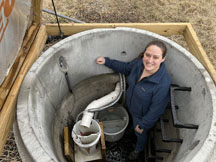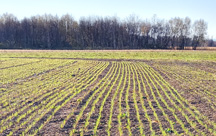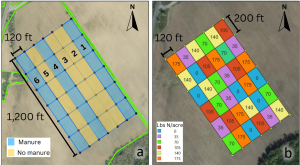
January 13, 2025. Morning Ag Clips recently ran an article on “Manure Nutrient Variability During Land Application on Four New York Dairies” written by researcher Quirine M. Ketterings and her research team. The article recognizes NNYADP among the grant sources supporting the work. Click here to read the article.
Click here to read the NNYADP research report on the “value of manure” trials in 2023. 2024 report is expected to post in February.
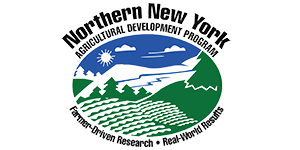 Funding for the Northern New York Agricultural Development is supported by the New York State Legislature through the New York State Assembly and administrated by the New York State Department of Agriculture and Markets.
Funding for the Northern New York Agricultural Development is supported by the New York State Legislature through the New York State Assembly and administrated by the New York State Department of Agriculture and Markets.
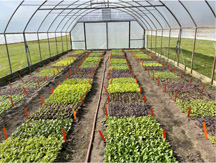
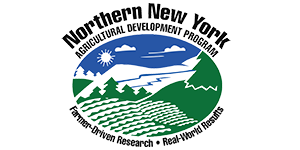
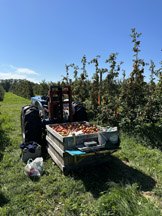
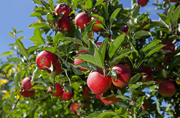
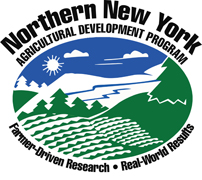

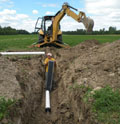 Tile drainage helps support corn production on poorly draining soils. No-till practices over time help improve the soil structure in previously heavily-tilled fields. Cover crops filter surface and ground water, add organic matter to the soil, reduce weeds, and sequester carbon in the soil. Fall-planted cover crops provide a winter covering and can hold nutrients during spring snow melt. The new NNYADP research is collecting data on the combination of these practices.
Tile drainage helps support corn production on poorly draining soils. No-till practices over time help improve the soil structure in previously heavily-tilled fields. Cover crops filter surface and ground water, add organic matter to the soil, reduce weeds, and sequester carbon in the soil. Fall-planted cover crops provide a winter covering and can hold nutrients during spring snow melt. The new NNYADP research is collecting data on the combination of these practices.